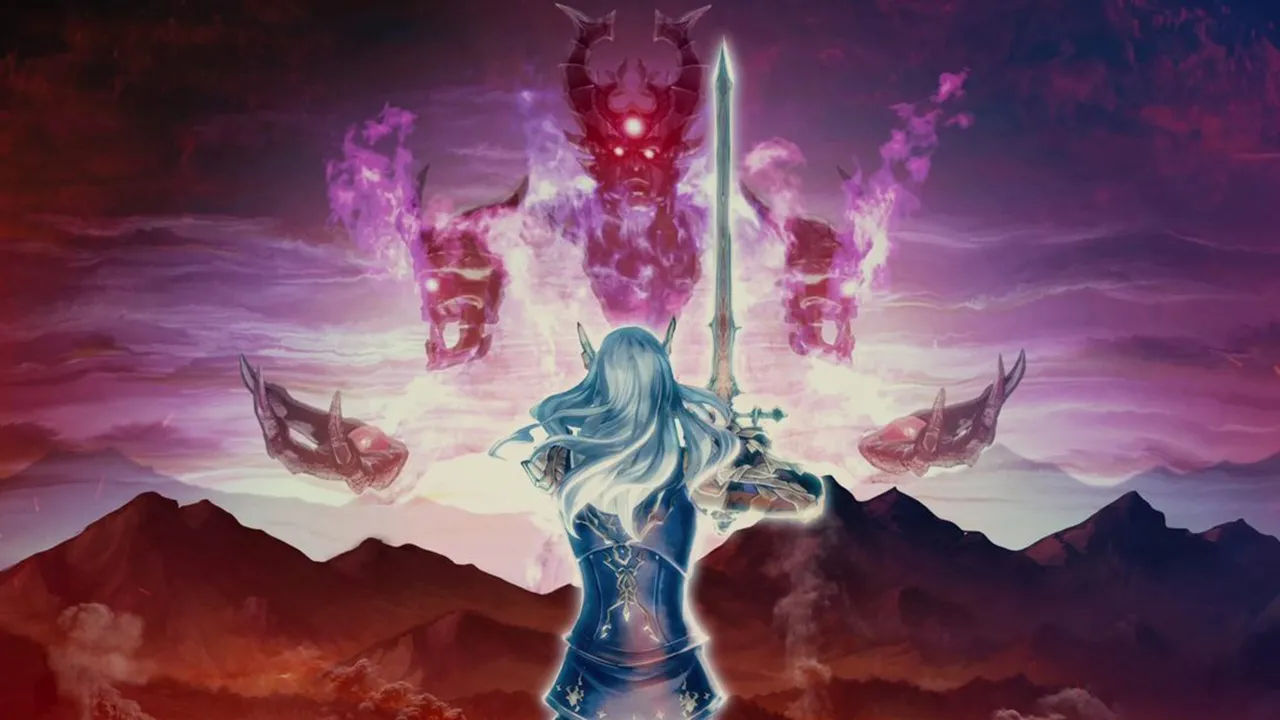
Actraiser Renaissance: A Retro Revival with Modern Touches
Contents
Actraiser Renaissance, a remaster of the 1990 SNES classic, blends action platforming with kingdom management simulation. Developed by Quintet and originally published by Enix, this Square Enix revival brings the game to modern platforms like PS4, Switch, PC, Android, and iOS. This review focuses on the game’s merits as a standalone experience, regardless of comparisons to the original.
 ActRaiser Renaissance Cover Art
ActRaiser Renaissance Cover Art
A World Reforged
Millennia after a devastating apocalypse, the demon Tanzra has vanquished the Lord of Light, forcing him to retreat to his Sky Palace. Humanity, left vulnerable, is pushed to the brink of extinction by Tanzra’s monstrous hordes. After a long period of recovery, the Lord of Light returns, aided by an angelic assistant, to rebuild civilization and combat the encroaching darkness.
Actraiser Renaissance uniquely combines two distinct gameplay styles: action platforming and kingdom management. The story unfolds across various regions where humanity struggles to rebuild.
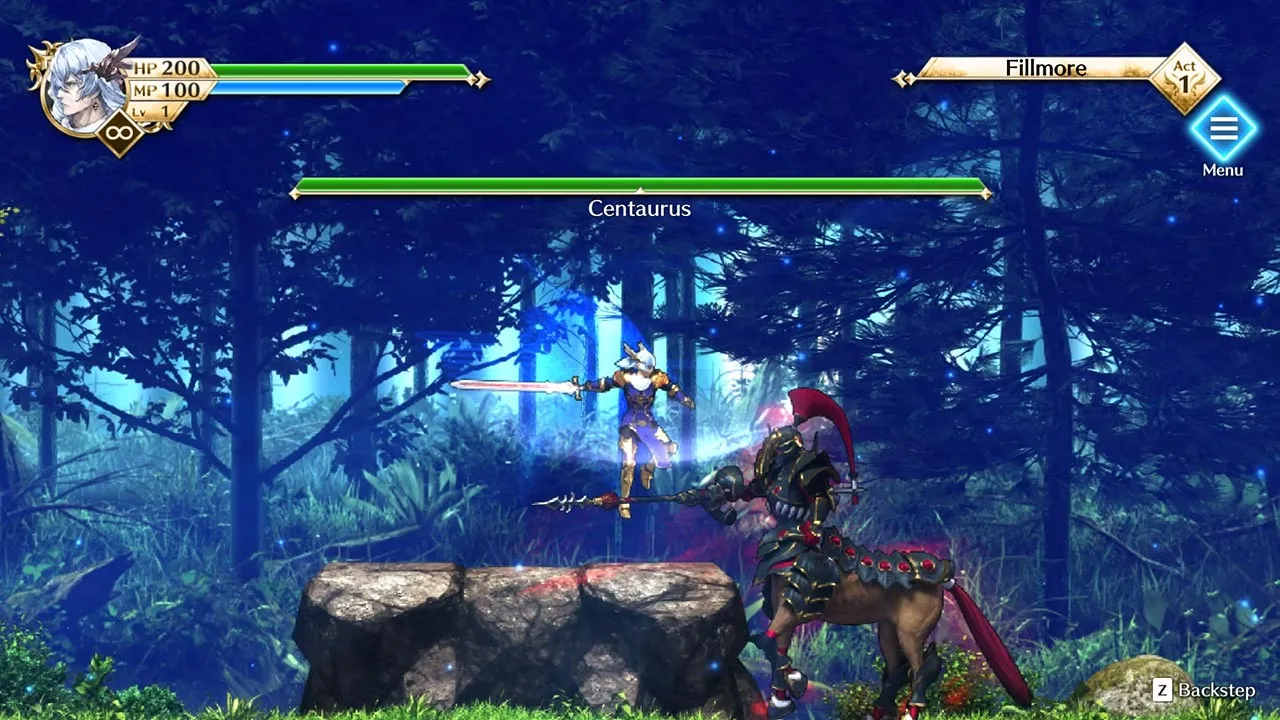 Lord of Light in Action
Lord of Light in Action
Divine Intervention: Action and Management
In the action segments, the Lord of Light inhabits a living statue, wielding sword and magic to vanquish demons that plague the land. These 2D side-scrolling levels are relatively straightforward, primarily focusing on defeating powerful bosses.
 Kingdom Management View
Kingdom Management View
The kingdom management aspect involves guiding the angelic assistant to develop and maintain settlements. This includes directing the construction of homes, using magic to clear obstacles, and gathering resources to build defenses. These defenses play a crucial role in the real-time strategy element of the game, protecting the population against waves of monstrous invaders.
The Good: A Blend of Old and New
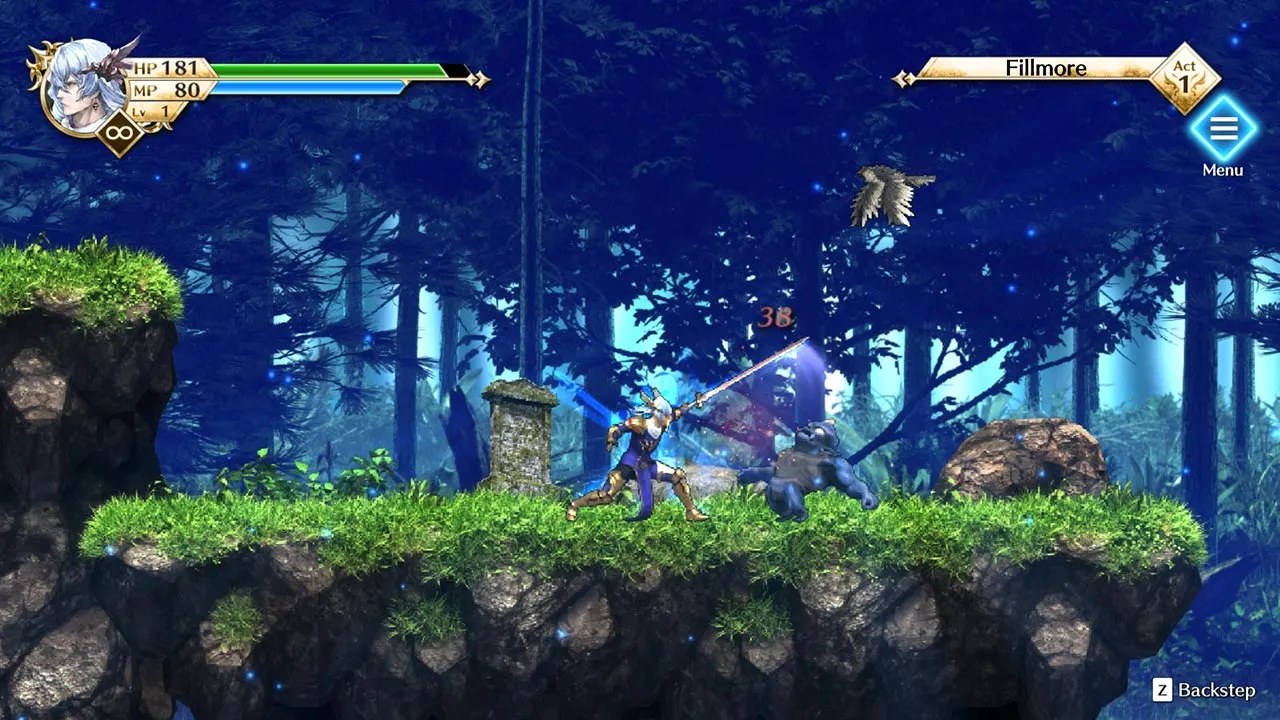 Updated Graphics
Updated Graphics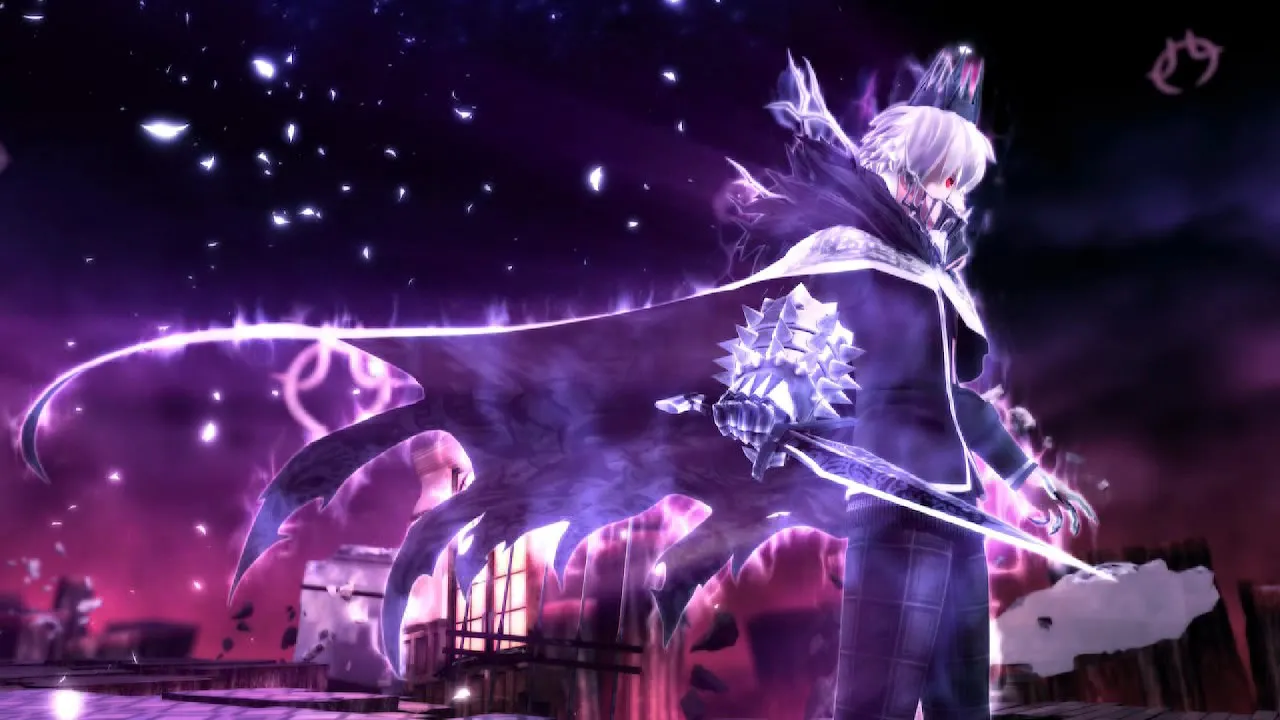 Character Design
Character Design
While technically a remaster, Actraiser Renaissance feels like a complete rebuild. Character designs, backgrounds, graphics, music, and sound effects have all been revamped. This is immediately apparent when comparing the original and the remaster.
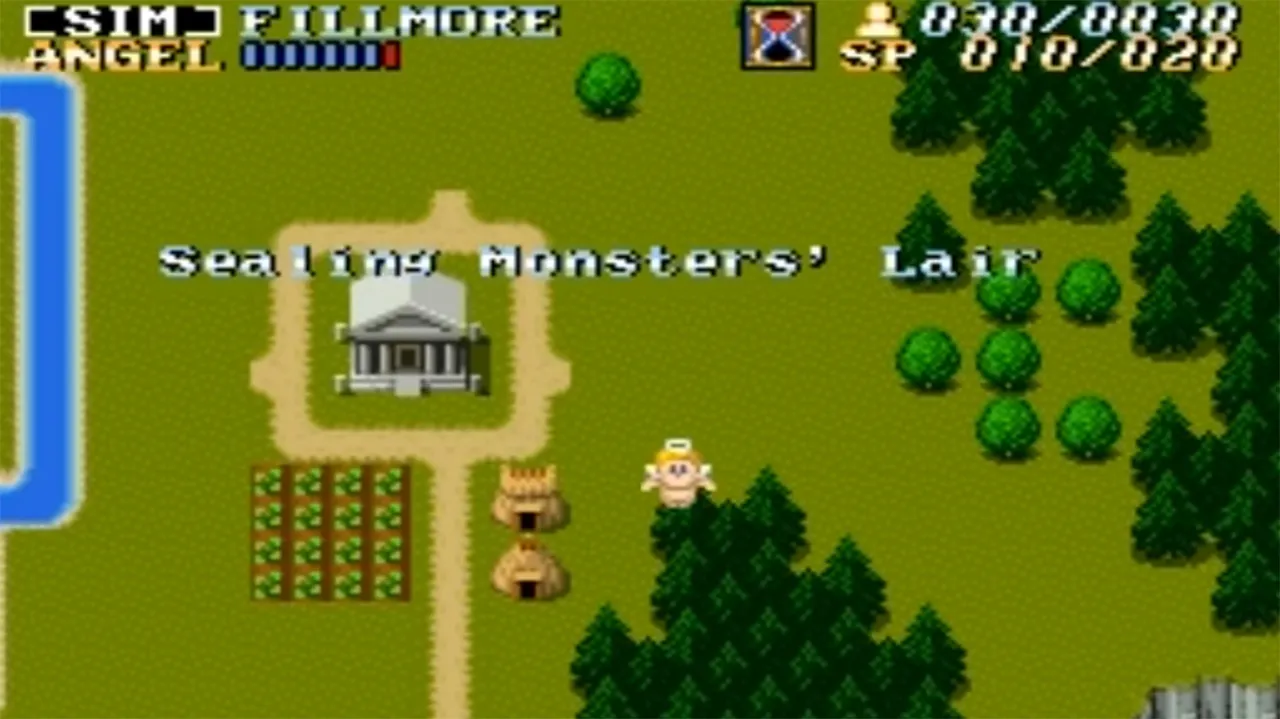 Original vs. Remaster
Original vs. Remaster Original vs. Remaster
Original vs. Remaster
Despite the overhaul, Square Enix retains a retro aesthetic, particularly in the character and monster designs of the action sequences. This deliberate choice evokes a classic gaming feel reminiscent of the early 2000s. Original composer Yuzo Koshiro returns, contributing new tracks that evoke the spirit of the original soundtrack while boasting superior quality.
The Bad: Unpolished Gems
 Gameplay Issues
Gameplay Issues
Several issues detract from the overall experience. The auto-save function is unreliable, tutorials are often inadequate, and some instructions are poorly timed or missing altogether. Certain tasks lack clear direction, requiring players to resort to external resources for solutions. The kingdom management system feels limited and cumbersome, and frequent interruptions from villagers can disrupt the flow of gameplay. The real-time strategy element also suffers from unexplained inconsistencies within the narrative. These issues suggest a lack of thorough quality assurance testing.
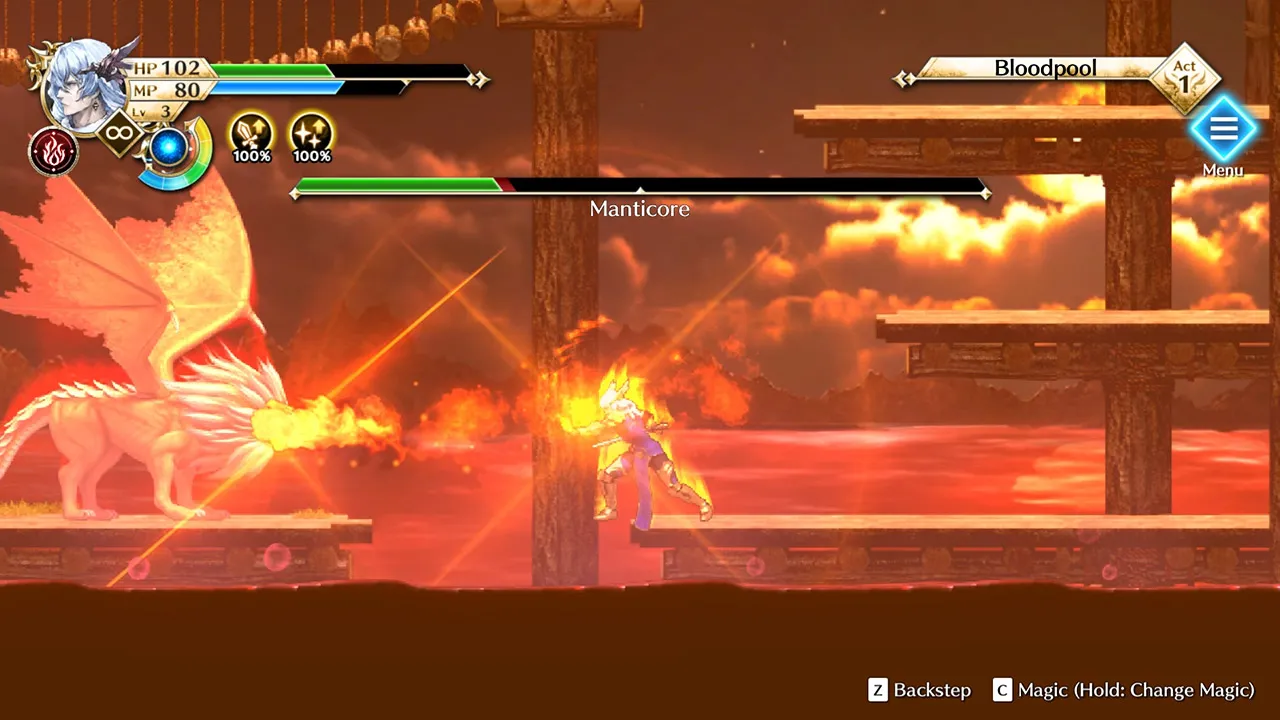 Buggy Gameplay
Buggy Gameplay
Gameplay Imbalance
Actraiser Renaissance promotes a balanced blend of action and kingdom building, but in reality, the action sequences comprise only a fraction of the gameplay. The majority of the game is spent on kingdom management, which, given its limitations and frustrations, can feel tedious. Players may find themselves eagerly anticipating the brief reprieves offered by the action segments.
Conclusion
Actraiser Renaissance successfully revitalizes a classic title with updated visuals and music. However, various technical issues and a gameplay imbalance hinder the overall experience. While the core concept remains intriguing, the execution falls short of its potential, leaving players wanting more from the action sequences and less frustration from the kingdom management aspects.





Comments (0)